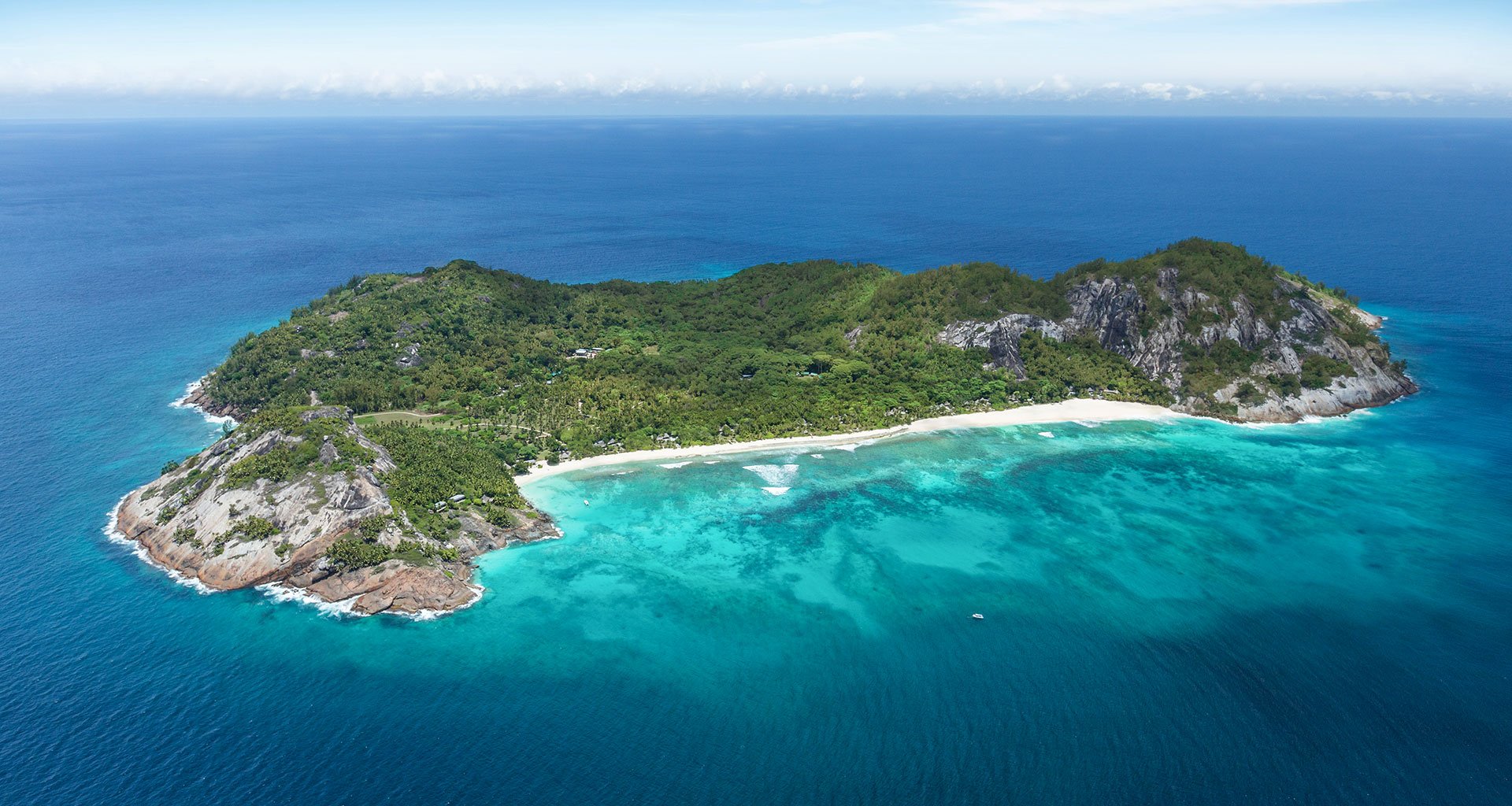Located in the far north of the Indian Ocean archipelago, North Island is a secluded exclusive private island offering the ultimate barefoot luxury.
Villas
Our 11 private villas immersed in lush tropical vegetation offer each guest unparalleled space and ultimate discretion. Entirely created from local materials harvested during the Island's reclamation process, the villas balance serene comfort with natural environment, forming a signature architectural style called 'Barefoot Luxury'.

